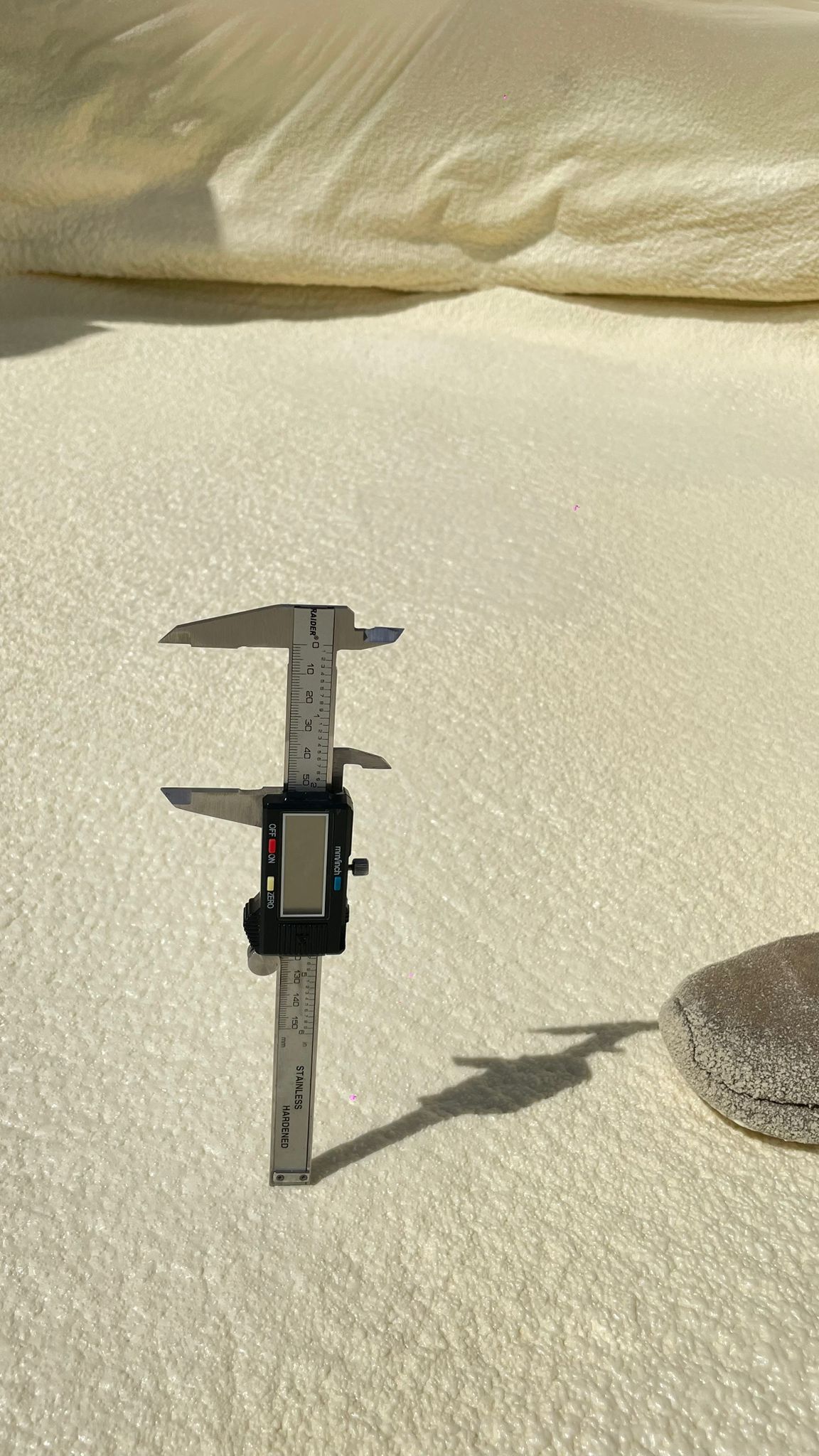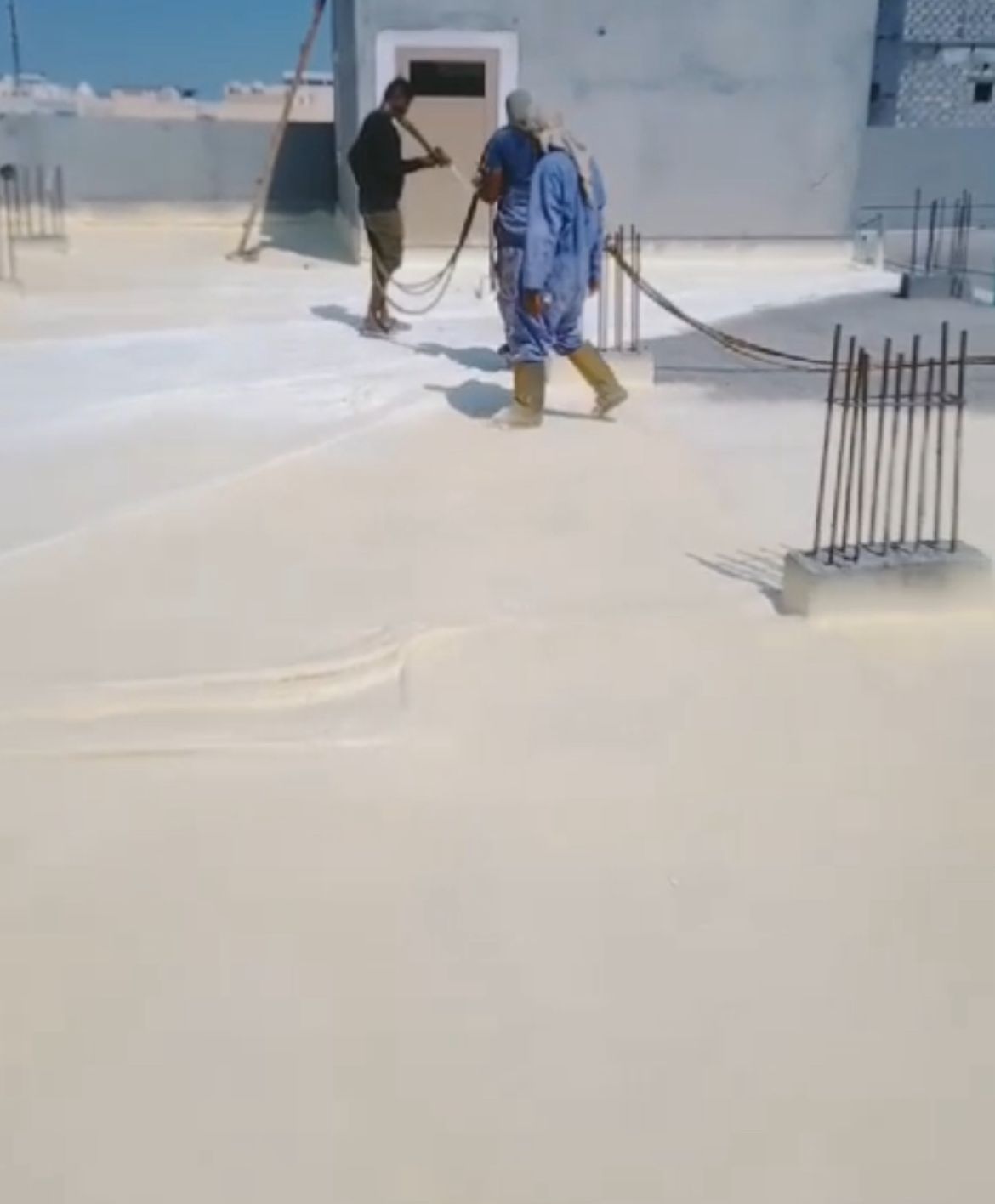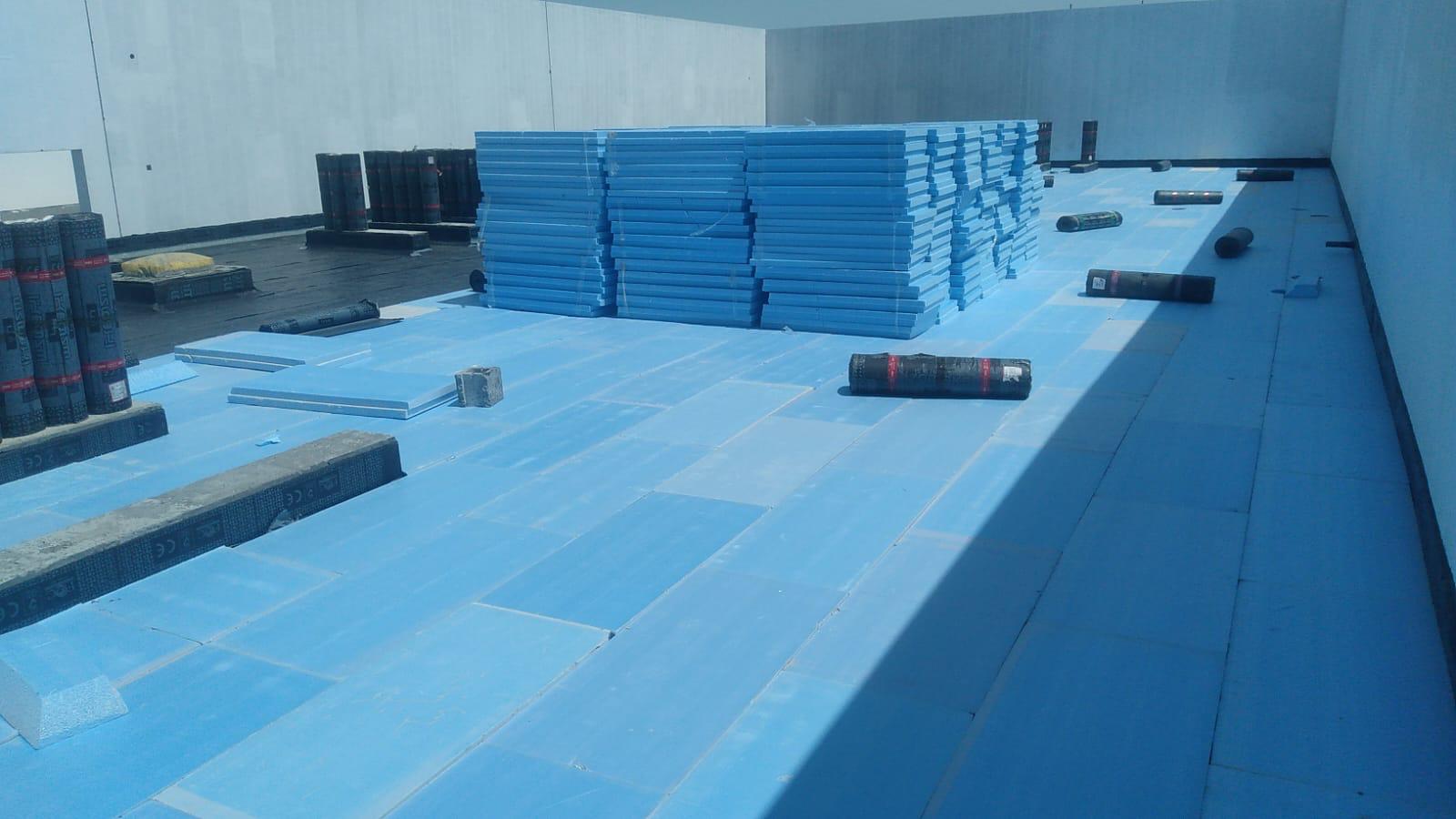Insulation is used in buildings and in manufacturing processes to prevent heat loss or heat gain. Although its primary purpose is an economic one, it also provides more accurate control of process temperatures and protection of personnel. It prevents condensation on cold surfaces and the resulting corrosion. * Polyurethane is a generic term, which covers a wide range of different formulations and applications derived from a reaction of diisocyanate with a polyol. When we talk about polyurethane insulation we are referring to a group of insulation materials based on PUR (polyurethane) or PIR (polyisocyanurate).
To protect the insulation, generally all you need is a barrier against UV light from the sun (one of the only things that can break down most PU foams). But if you have some sort of structural application (like under the slab, in the walls, in the roof, then obviously you have another concern that is only indirectly related to the foam.
For your application it sounds like you are applying it on top of an existing roof. How is the roof used? Will people be walking on it? I personally am not familiar with applying concrete over foam on a roof, so I would do my best to try and understand the reasons for local convention. At all times of course you should be aware of the structural capabilities of your roof structural support system. The foam, obviously, will not weigh very much – the concrete of course will weigh quite a bit, increasing as you increase the thickness of the concrete.



